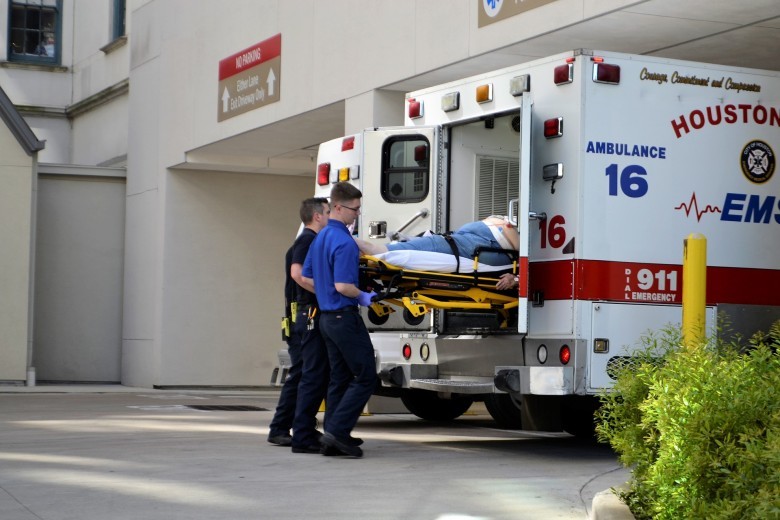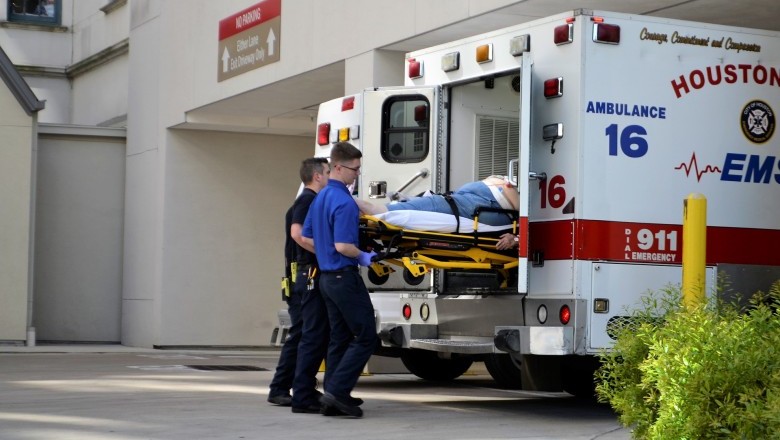
Common Jobs That Require CPR Certification
According to the American Heart Association CPR guidelines, administering CPR immediately after the victim collapses doubles or triples chances for survival. CPR must be administered correctly, however; poorly performed CPR is not helpful in an emergency situation.
Health care providers and CPR-certified adults have the knowledge to perform more complex sequences of chest compressions and breathing, and also know how to use an automated external defibrillator (AED). When you take a CPR certification course, you should learn how to use an automated external defibrillator as well as how to perform chest compressions with just your hands. It is important to familiarize yourself with both medical equipment and manual methods so you can respond confidently in a crisis.
Jobs that might involve dangerous situations or working with the public will often require CPR certification. However, CPR and AED certification may get you preferential hiring and promotions for many other types of jobs as well.
Common Jobs That Require CPR Certification
Beyond the obvious jobs such as doctor, nurse, emergency medical technician, and so on, some common jobs that require CPR certification include:
* Life guards
* Youth leaders
* Recreational camp staff
* Personal trainers
* Coaches (even volunteer coaches)
* Institutional day care providers
* Home health aides and nursing home assistants
* Certified nursing assistants
* Estheticians (spa employees)
* Massage therapists
* Medical technicians and assistants
Some jobs do not require CPR certification but the certificate is still a good idea. Essentially, if you have a job where first aid skills might come in handy, it would also benefit you from knowing how to perform CPR properly and how to use an automatic external defibrillator. These jobs include:
* New parents
* Babysitters
* In home day care providers
* Restaurant staff
* Hospital volunteers
* Hospitality staff, if a pool is available in the hotel
* State park volunteers
* Construction workers
OSHA (Occupational Safety Hazard Administration) recommends that any job where serious accidents could occur such as falls, electrocution, heavy lifting, and such should employ first aid certified employees. OHSA does not require CPR and AED certification but strongly recommends both.
Taking the Right CPR Certification Course for Your Job
Each type of job will list which certifications are necessary. Red Cross CPR certification is slightly different from AHA CPR certification, but most courses will cover the requirements of both organizations in one CPR certificate. Read the hiring advertisement carefully to make sure you are receiving the right CPR training for the potential job.
If you are applying for a job that does not require CPR and AED certification but considers those bonus skills, make sure you mention your certificates during an interview. You may be able to command a higher salary or a leadership position based upon your efforts in first aid and safety.
The American Red Cross recommends that you take a CPR and AED course from instructors who offer the latest information from scientific and medical authorities. Recertification courses are necessary every year or two, depending on the requirements for your job. Guidelines can change over time, so make sure your initial or recertification course is up to date on the science.
It is also important to keep your CPR and AED licenses current. If you let your certificate lapse, you may need to retake the entire course again which is an unneeded expense and waste of time. Keep certificates updated even if you are not using them right now.
CPR Guidelines
The American Heart Association recommends that a rescuer perform 30 chest compressions and then administer two breaths to the victim. This ratio of 30:2 is appropriate for all people one year old and older. Compressions must be deep and fast-up to 100 compressions per minute with no interruptions. Breathing too frequently actually reduces the hearts output, and can cause more damage than necessary.
During a CPR course, you will be taught how to administer the proper number of compressions at the proper strength, and how to check for a pulse and "normal" breathing. A person gasping for air may benefit from CPR, and it can be difficult to tell when a child is breathing normally. Courses help you learn these skills.
CPR certification is an excellent tool for everyone. You never know when this skill will be called upon to save someones life. It may be necessary in a restaurant, if you are involved in a car accident, or if you care for an older adult or disabled person. CPR certification is incredibly cheap insurance that says you have the knowledge to respond instantly to a life-threatening crisis.Visit CPR AED Course.com and learn about the cpr certification and first aid courses available for just $19.95. For more information visit online today.



























